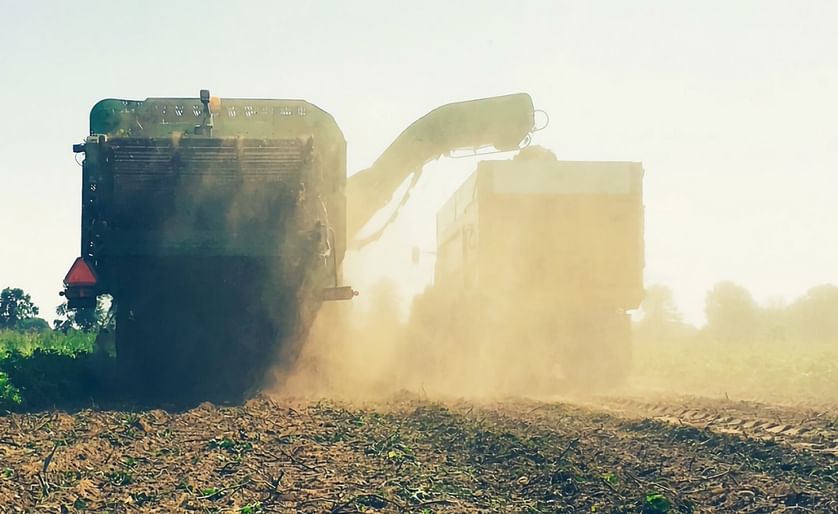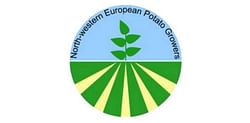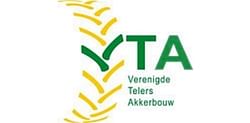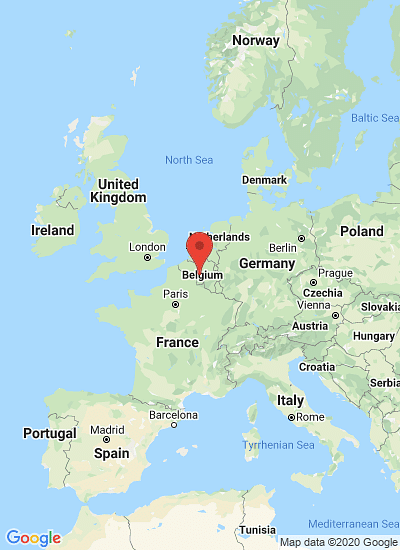Impression of Harvest 2016: harvesting potatoes in dry soil (Courtesy: @Jos_Raedts)
Due to the late potato harvest the NEPG delays publication yield estimates till late November

As a result of the late potato harvest in the North-western European countries (BE, DE, FR, NL, UK), the potato growers organisation NEPG has decided to postpone publication of its annual yield estimates till the third week of November.
Despite the fact that no complete picture exists regarding the potato harvest it is safe to assume that the September NEPG estimate of 24,9 million ton will have to be adjusted downwards.
In all countries yield is lower and issues with quality are more frequent.
Late harvest full of risk
In most areas September and October were too dry to be able to harvest for long term storage. After the recent precipitation, harvest is in full swing. In Belgium, at least 35% of the potatoes still have to be harvested.
A (too) late harvest introduces a number of additional risk factors, e.g. due to shorter day lengths and lower temperatures at night, with occasional frost at ground level.
Depending on location, quality differences are very high, resulting in a higher percentage of waste compared to last season. Bruising and growth cracks cause the worst problems.
Processing potatoes with growth cracks straight from the field are manageable in production. For potatoes out of storage this is quite different, because in storage the skin sets and is therefor harder to remove. In addition, the cracks may also be filled with soil. If still suitable processing, tarra for the grower will increase and more losses will occur during processing.
On the other hand, the high dry matter content has a positive effect on overall processing yield.
Harvest, handling and storage needs to be done extremely carefully in order to prevent bruising.
Extra costs
Many growers had to use irrigation in order to be able to harvest, resulting in additional costs. Other growers, will not be able to harvest the full amount they contracted with their processors. Between processing companies, there is no uniform approach on how to handle such a situation.
Price development
In a deviation from previous years, potato prices started to rise right at the start of the harvest period.
The combination of a shortage, increasing prices and the prospect of low yields in general have pushed processors to buy 'dual purpose' potato varieties in areas in Poland that primarily grow potatoes for the starch industry.
Potatoes are even imported from the United Kingdom which has become feasible due to the drop of the British Pound.
After the recent rain resulting in improved harvesting conditions and a large supply of potato lots that require immediate processing, supply exceeds demand. As a result, potato prices are going down. Larger size seed potatoes are also being offered as potato for consumption.
Despite all this, the fact is that this year in the NEPG countries less potatoes will be harvested, with higher losses in processing and that due to expansion the processing companies need more potatoes than last year!







